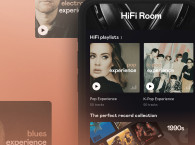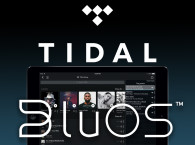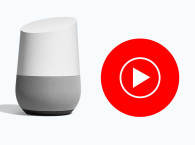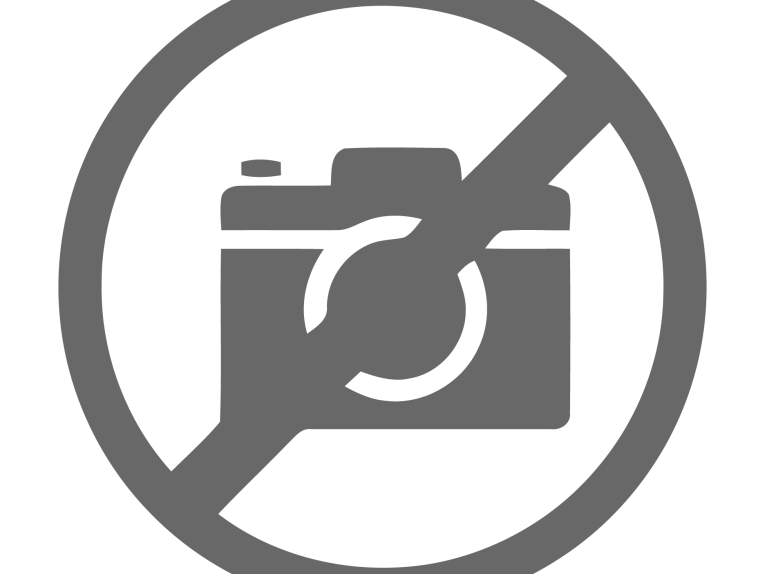
It was an hour-long streamed event, with live music, surprises and many important announcements, detailing Spotify's commitment to audio, the company's past, present — and future. An interesting document for these times, showing our the giant technology companies are able to reach the world simultaneously with their message.
Very interesting. For audioXpress readers, the main message was that Spotify's mission since 2008 remains firm, and consists in connecting creators with fans and empower creators to live off of their art. And Spotify has effectively invested a lot in expanding all sides of the equation, with many of its acquisitions focused on technologies and platforms for creators - not only musicians, but songwriters, producers, labels and all types of content creators, since the company has also expanded its offering to Podcasting - in a big way.
During its "Stream On" event, Spotify's founder and CEO Daniel Ek explored the power of audio, and the opportunities ahead for millions of creators and billions of fans around the world. And among the many announcements, it confirmed that "sound quality is important" as the company announced Spotify HiFi, a new lossless option for their subscription tier (Premium).
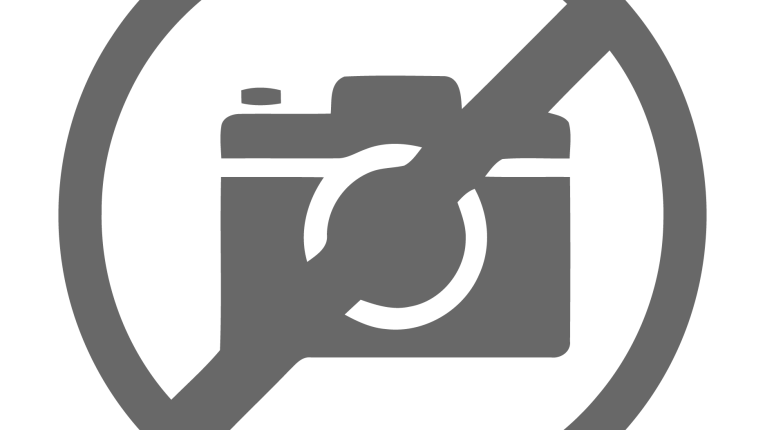
To start with, Spotify deserves an award for not calling the service "HD," "Ultra-HD" or something foolish like that, and not using hyperboles to describe what is simply getting back to basic, decent audio quality, as CD-quality allows. The Spotify HiFi service will be available "beginning later this year," to Premium subscribers in select markets. How that will take place is still not detailed. And it basically means receiving 16-bit at 48kHz or 44.1kHz (CD quality) in a lossless format - probably FLAC, since the distribution of FLAC files for streaming has now been proven and validated by Qobuz and others (it works on broadband access and 4G networks as a minimum). This means upgrading the sound quality but not "the way artists intended," as it is being claimed, since no artists record at less than 24-bit/96kHz even when doing it from their bedrooms. Anyway, lossless CD-quality is better than Ogg Vorbis compression and it will be great if there's no price increase for existing subscribers (Premium was already Spotify's price to pay to have access to higher bit rate streaming - limited at 320kbps).
Detailed in Spotify's note about "five things you need to know about our new high-quality music experience", the company says that users are demanding "high-quality music streaming" as the reason why the company decided to introduce Spotify HiFi. More interesting is the fact that Spotify is simultaneously tying Spotify HiFi to its Spotify Connect mode - where streaming is done directly via WiFi from speakers or other connected devices, without requiring streaming from a computer or smartphone. This is described by Spotify as "fans will be able to experience more depth and clarity while enjoying their favorite tracks." Again, at least they don't say "immersive".
Also interestingly, Spotify will promote this feature to encourage more audio manufacturers to build Spotify Connect features. "Ubiquity is at the core of everything we do at Spotify, and we’re working with some of the world’s biggest speaker manufacturers to make Spotify HiFi accessible to as many fans as possible through Spotify Connect," the company states.
Spotify HiFi virtues were also promoted during the Stream On event by American singer-songwriter Billie Eilish and record producer FINNEAS, in a short clip where they speak about "the importance of high-quality audio options for creators and fans," while playing with an interesting pile of vintage JBL speakers inside transparent plastic bubbles - worth watching for that!
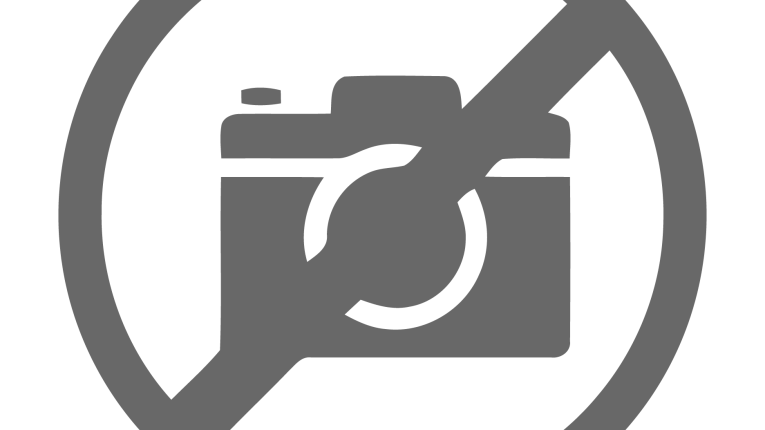
More than Spotify HiFi
During the event, Spotify spoke of many interesting improvements to their streaming services, which include the possibility to search and listen to music listed by songwriters and composers, which means that they are adding depth to their metadata. There are also interesting new possibilities for artists to create enhanced albums and cover art, which is something that the universe would truly appreciate (shame on Apple for destroying CoverFlow. Shame).
And Spotify is going to expand its international reach significantly. "As part of our ongoing commitment to building a truly borderless audio ecosystem — connecting creators, listeners, and content—Spotify is embarking on a sweeping expansion that will introduce the world’s most popular audio streaming subscription service available to more than a billion people in 80+ new markets around the world, and add 36 languages to our platform. These moves represent Spotify’s broadest market expansion to date," the company states.
Spotify confirmed it will meet the unique needs of each market, with scaled language translations and specialized payment formats. These 80+ markets represent more than 1 billion people — potential Spotify listeners who have yet to tap into the power of the streaming platform. To expand the global platform, Spotify is also going to accelerate the discovery of more music genres that have earned a place in the global music arena (proceed with caution).
Free and Premium plans will be available across all the markets. In select markets, Spotify will offer Individual, Family, Duo, and Student Plan options. At launch, Spotify will offer its full global catalog - 70 million plus - in these new markets. Upon launch, Spotify will also be available on Mobile and Desktop Web Player and, in the coming months, the company will work with partners to introduce Spotify on more platforms, including TV, Speakers, Wearables, and the Car.
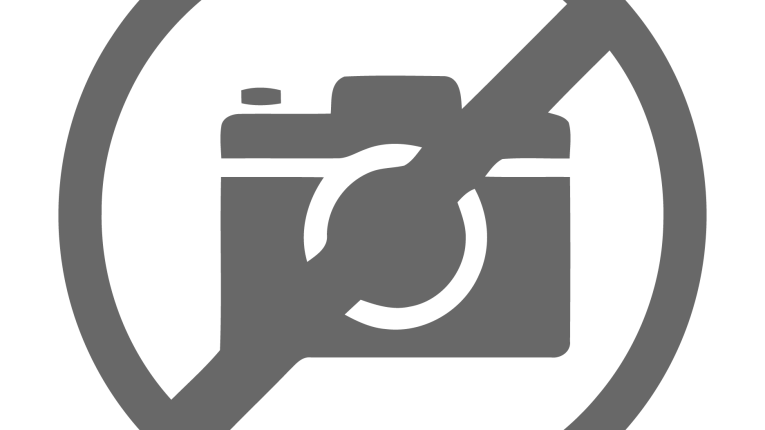
A New Era for Podcast
Among the announcements, Spotify placed a big focus on podcasting. During 2020, Spotify has made significant moves to expand the quantity of podcasts available to its users, and how those are indexed, organized and visible. And because Spotify still relies on a large number or free users, it also modernized its audio advertising, launched Streaming Ad Insertion in the US, Canada, Germany, and the UK; introduced a new self-serve ad platform, Ad Studio; and it was one of the main reasons for the acquisition of Megaphone, a company that provides podcast hosting technology for publishers and audience measurement for advertisers.
For 2021, Spotify announced a leap forward for audio advertising, creating a path for creators to earn more for their work while delivering greater impact for advertisers, introducing the Spotify Audience Network. This is a new audio advertising marketplace in which advertisers will be able to connect with listeners consuming a broad range of content. These include Spotify’s Originals & Exclusives, podcasts via Megaphone and Anchor, and ad-supported music. All the advertising services will be also launched in additional markets in 2021.
Platforms like Anchor and Spotify for Podcasters are enabling access to easier creation of podcasts. According to Spotify, Anchor accounted for 80% of the new shows on Spotify in 2020 —that’s more than 1 million new shows. And now the company is expanding creation possibilities to “future formats” of audio, beyond podcasts.
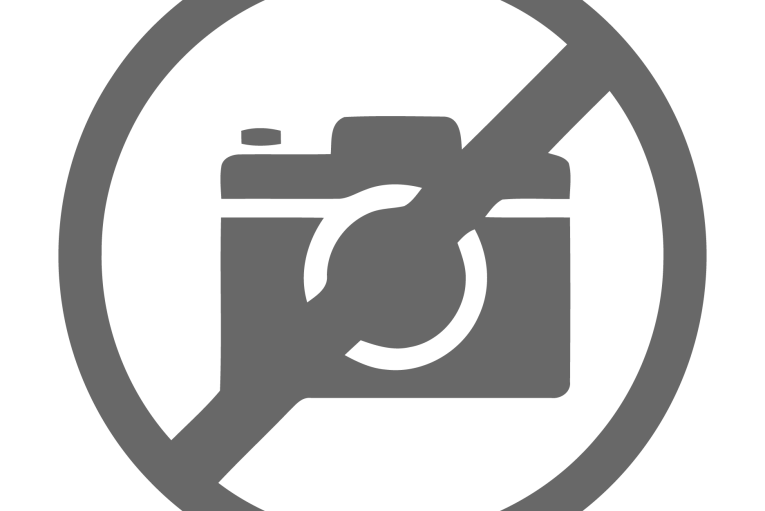
Using Anchor, Spotify intends to rollout Music+Talk shows with further creation tools, including through a new partnership between Anchor and WordPress. With this new tool, available now, bloggers can publish their written content as a podcast with just a few clicks — and podcasters can create a website for their podcast just as easily. This offers a whole new group of creators — those who have historically focused on the written word — access to an entirely new audience via audio on Spotify.
Spotify also intends to test the ability for creators to add video to their podcasts when they publish via Anchor. The company first began testing video podcasts on Spotify in July 2020 and has since been iterating on the offering. In 2021, more creators can expect to have access to this feature. And more important, Spotify will offer podcasters the ability to explore new revenue streams through paid subscriptions supported by their listeners.
www.spotify.com






